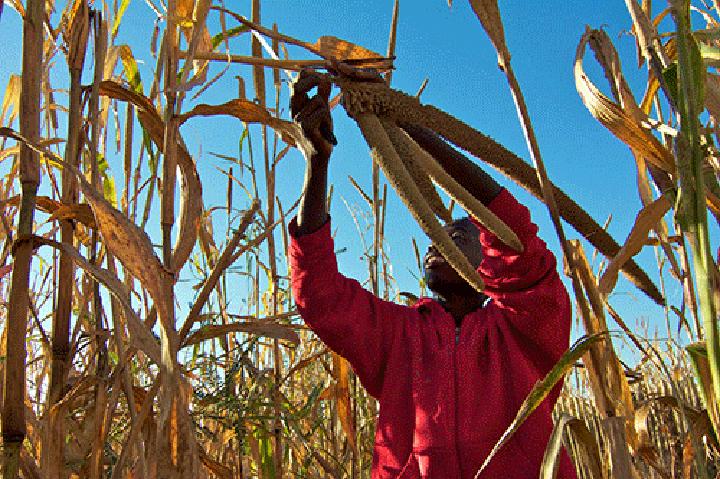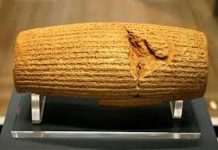Africa-Press – Namibia. Mahangu, also known as pearl millet, is a subsistence rain-fed cereal crop that is the major staple food for over 50% of the Namibian population. The crop is produced in Zambezi, Kavango, Ohangwena, Omusati, Oshana, Oshikoto and in parts of the Otjozondjupa region in the Tsumkwe area.
This crop is highly adapted to low rainfall and the prevailing soil conditions in the north-central regions and the Kavango. For many years, small-scale farmers have survived on the low yields obtained from mahangu.
Mahangu farmers in Namibia are amongst the few populations in Africa that have successfully developed an integrated food storage system where they can store their grain in storage baskets made of wood strips for up to five years.
On the recommendation of the Namibia Agronomic Board (NAB), mahangu was gazetted a controlled crop on 15 May 2008 by way of government gazette no 109.
This mandate ensures that from 1 July every year, no permits are granted for the import and export of mahangu until the total locally produced harvest is sold, guaranteeing a free market within the boundaries of Namibia.
During this time, mahangu is marketed and sold in line with a production cost related floor price. Mahangu is highly nutritious, gluten-free and does not form acid in the stomach, making it easily digestible.
Mahangu is rich in the B vitamins thiamine (vitamin B1), riboflavin (vitamin B2), niacin (vitamin B3) and biotin (vitamin B7). Mahangu is also rich in minerals such as:
– Iron, which is essential for carrying oxygen in the blood;
– Magnesium, which helps maintain normal muscle and nerve function, keeps heart rhythm steady, supports a healthy immune system and keeps bones strong. Magnesium also helps regulate blood sugar levels, promotes normal blood pressure, and it is known to be involved in energy metabolism and protein synthesis;
– Phosphorus, which in conjunction with calcium, helps to build bones and teeth. The mineral helps the kidneys filter waste, keeps the heartbeat regular, helps metabolise carbohydrates, fats and proteins, and supports the development and repair of tissue and cells in the body;
– Copper, an essential for energy production and protects cells from the effects of free radical damage. Copper is also an important mineral that aids in strengthening connective tissue and brain neurotransmitters;
– Manganese ensures healthy bone structure and bone metabolism. Manganese acts as a coenzyme to assist metabolic progression in the body. Other health benefits include the metabolism of fats and carbohydrates, which helps absorb calcium and regulates the blood sugar level; and,
– Mahangu is high in phytic acid and phytates. Phytic acid is believed to lower cholesterol while phytates are associated with reduced cancer risk.
For More News And Analysis About Namibia Follow Africa-Press






